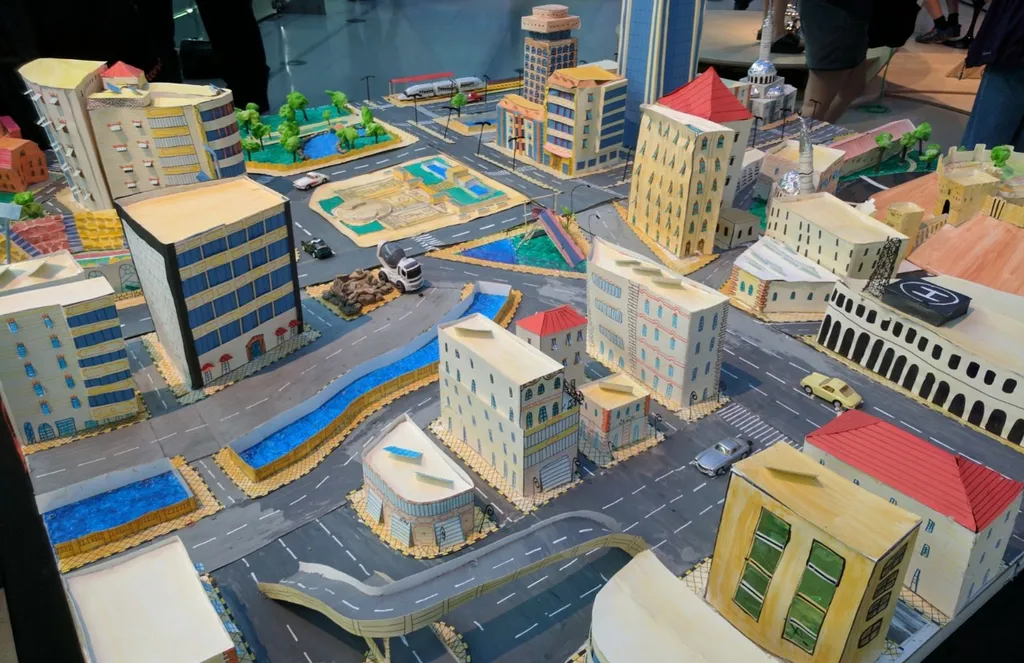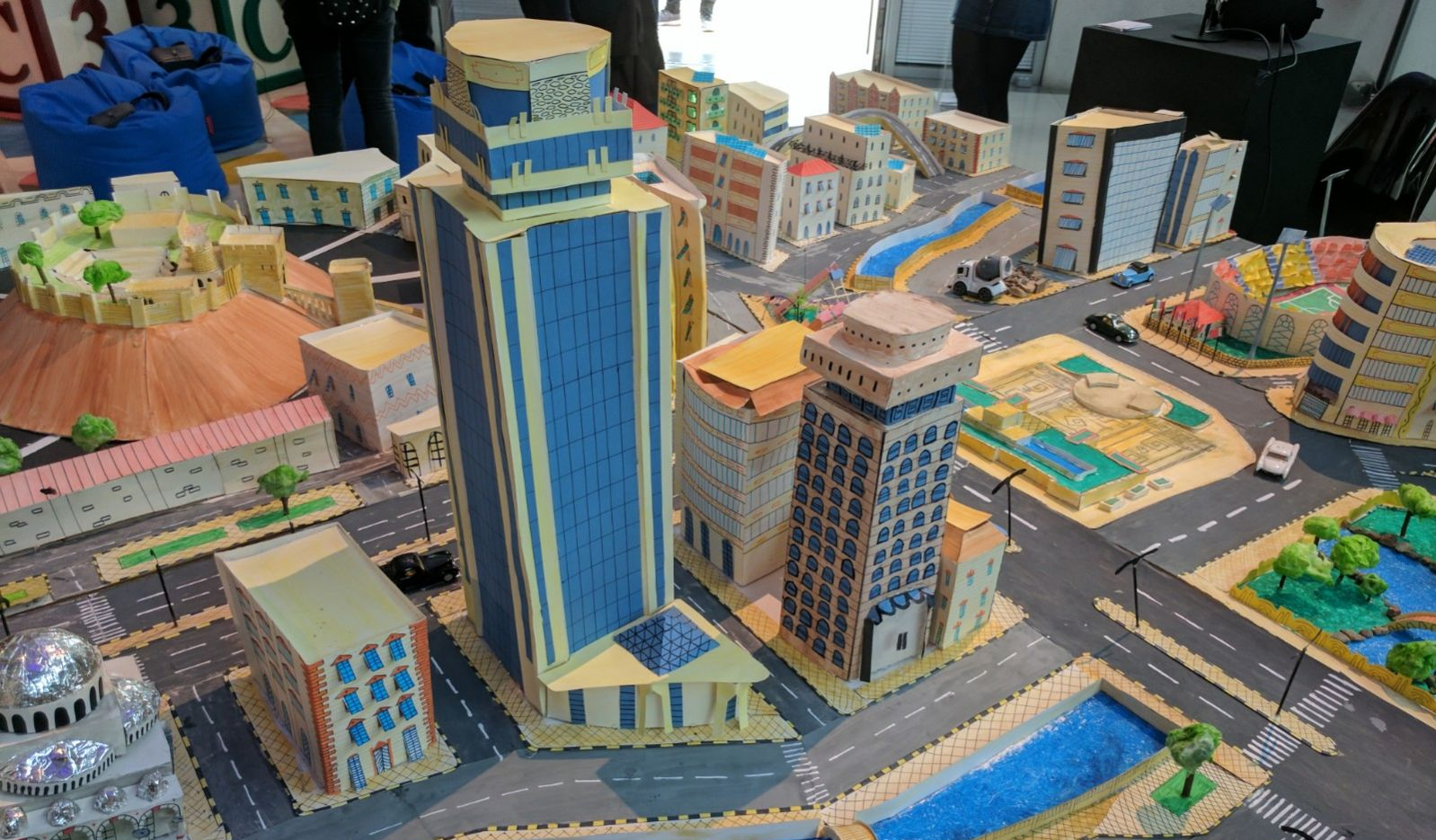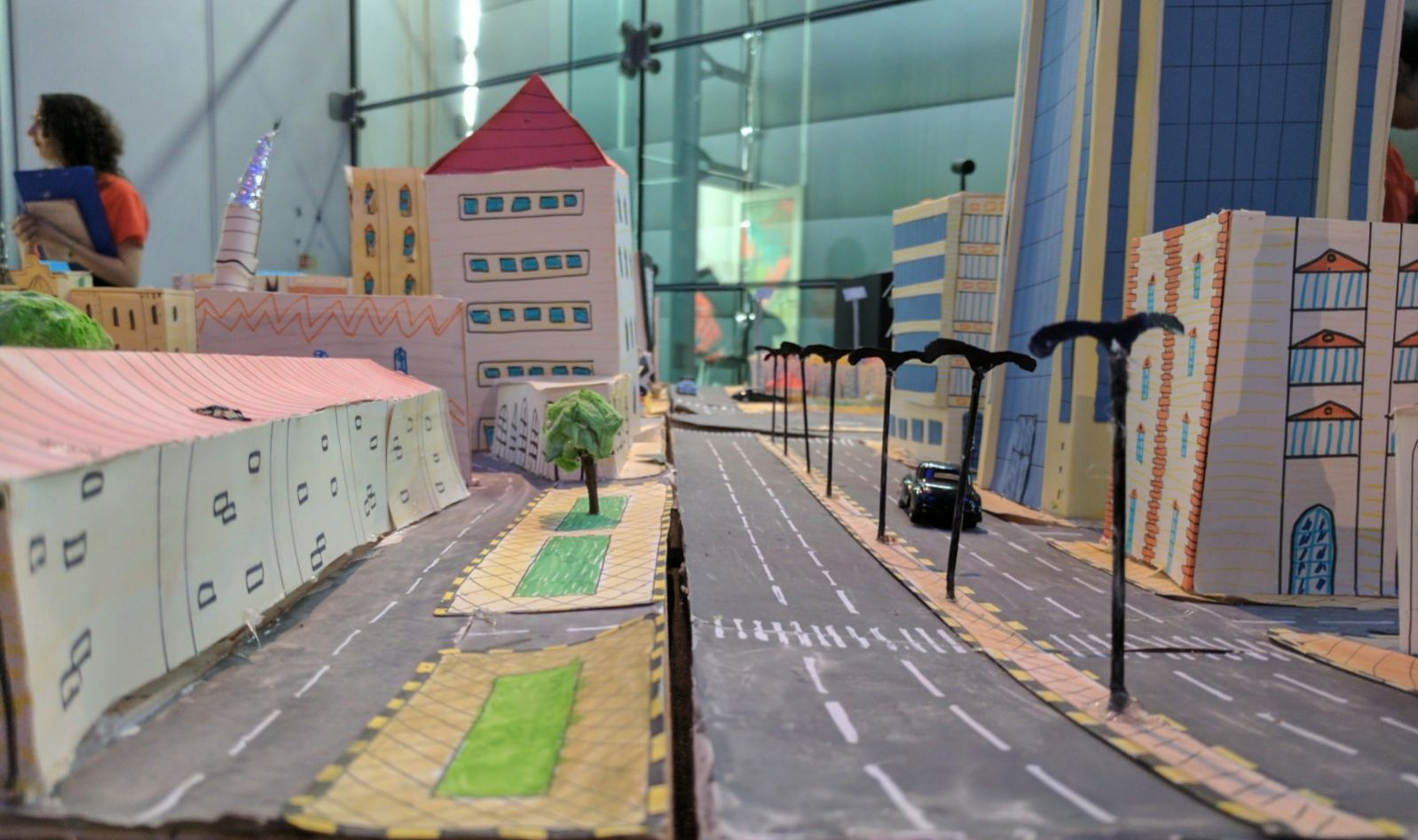There are a lot of places on this planet that I dream of visiting. I want to stand on the tiny islands that sit between Russia and Alaska, explore the parks of Canada, and experience the culture of South Korea. I’m lucky enough to have travelled the globe already, but I still have so many cities and landscapes I want to see.
Mohammed Kteish just wants to see his home again.
Kteish is a Syrian refugee, hailing from the city of Aleppo. This was once a great city, a sprawling hub for over 2 million people going about their day with places for children to play and spots for communities to enjoy. The on-going crisis in the county, however, has reduced parts of it to little more than a ghost town, its streets filled with rubble and robbed of the laughter and joy that once occupied them. Kteish, 15, was one of the many that fled his war torn surroundings. Now he wants to go back.
But it’s not safe, and all Kteish is left with is his memories. Aleppo still exists in his mind, and he’s brought it back to life in the real world too with a papercraft model of its various landmarks and hot spots. Ancient brick has been replaced with scrawled coloring, lush trees are reborn with scrunched up paper, and toy cars line the streets. It captures a vibrancy and bustle that many of us wouldn’t associate with the region, preserving a way of life that existed long before gunfire and bombs took over.
And it’s been further immortalised within VR.
Kteish’s creation itself has been virtually recreated inside the Oculus Rift with the help of Alex Pearson and London-based production studio, Marshmallow Laser Feast. The result is Future Aleppo, a piece commissioned by Sheffield Doc/Fest and on display for the first time at this year’s festival. Kteish’s model sits in front of you in real life, and then you pull a Rift over your head to find it sitting there in the virtual world, with Kteish ready to give you an audio tour of the area.
As an experience, Future Aleppo reminded me of Clouds Over Sidra, the groundbreaking 360 degree video that gave us a tour of a Syrian refugee camp. Here, however, Kteish recalls memories of his childhood, growing up in an apartment block, playing in nearby parks, visiting huge monuments and sites like the stadium. There’s an obvious child-like quality to it; you’re seeing Kteish’s memories, directly through his eyes. It’s a perspective on Syria that simply isn’t possible without VR.
At one point he tells us that it’s his dream to revisit these sights one day. It’s a tragedy I couldn’t hope to fully process; imagine wanting more than anything for your home to just be your home again. Imagine having that taken from you.
As I removed the Rift, I took the time to study the model in greater detail. I had a better sense of this place already, my mind was better able to form an image of people walking its streets. I revisited the spots Kteish had talked about and took the time to picture the scenes he described. I got to see a side of Aleppo I just hadn’t thought about before. If that was the aim of the project then it certainly succeeded.
Future Aleppo only lasts a few minutes but its sights will long stay in my mind. On the one hand it’s a tragic look at what scores of innocent people have been robbed of, and the injustice of the humanitarian crisis that they now face. On the other, it’s the best kind of rose-tinted window into the joy and love of a community that will hopefully one day thrive once more. It’s also a great example of combining the real and virtual worlds. In a climate that increasingly struggles to understand and sympathize, this is an experience that I would be eager to get on as many heads as possible.































